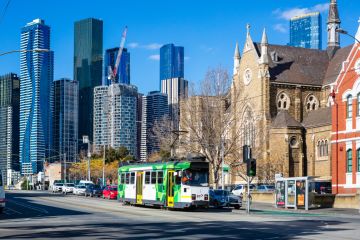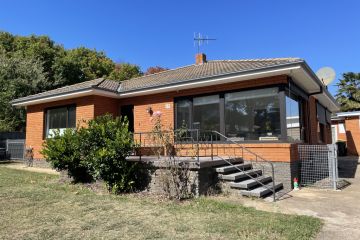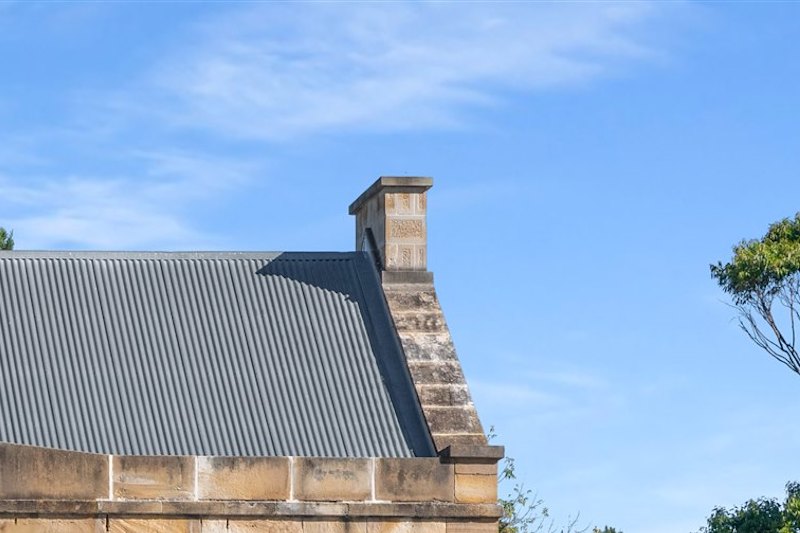Council rates: Added costs of ownership

The first of these surprises will inevitably come when you open your rates bill for the new financial year. If history is any kind of a guide, you’ll find that your council has found it necessary to impose a steep percentage increase in your annual rates for the year ahead. The next surprise could come when you discover a friend in a neighbouring suburb is paying lower rates than you – thanks to the arcane value calculations of your state’s Valuer General department, upon which rates are based.
You might be shocked to find that a friend living in a comparable suburb in another city or state is paying only half the rates you pay (or perhaps be pleasantly surprised if the opposite is true). For example, rates for blue-collar Toukley, on Sydney’s outer fringe, are currently $680 per quarter ($2720 per year), and for blue-collar Frankston North, on Melbourne’s outer fringe, currently $280 per quarter.
Apart from wringing your hands and gnashing your teeth, there’s not an awful lot you can do about council-rate hikes as an individual ratepayer. One way to soften the blow is to build an annual rates increase into your household budget calculations. Another way is to take your council up on its perennial invitation to you in order to appeal your rates amount and/or increase.
Challenge the valuation
You could save yourself “many hundreds of dollars” in rate payments if you successfully object to the capital value assigned to your home (or investment property), says Mark Lewis, managing director of home loans at Adelaide-based financial services group Bernie Lewis. The capital value is the total value of your property, including the land value, and as such is a key component of your rates assessment.
Lewis challenges this value on his Adelaide home “every year”, and when you consider the success he’s had from the strategy, you might want to do the same. Last year, for example, he saved himself about $600 on his annual rate payments. He objected to a 10.4 per cent increase on the capital value of his home in his rates bill on the basis that the SA government’s own property data recorded a fall in median values of 4.41 per cent for the year in the local government area (LGA) in which his suburb is located and a fall of 1.06 per cent for his actual suburb.
Not for the faint-hearted
Not that it’s an easy strategy, cautions Lewis, who reckons he is “considered a pest” at council. The onus is on ratepayers to prove that the capital value of their homes should be a figure lower than that of the Valuer General’s statistical boffins. To get that proof, you will either have to get a valuation by a professional valuer for about $400, or purchase suburb or individual property research from a property research provider at a more cost-effective rate.
Failing a successful objection, you could get some tax relief from rates if you own an investment property as rates on these are deemed a business expense by the ATO. Be warned, however, there’s no guarantee you’ll benefit from any rebate that you do get – as investors in many North Queensland council areas know to their cost. They found out by chance last year that their councils were secretly charging investment properties higher rates than owner-occupier properties precisely because rates on investment properties are eligible for a tax rebate.
Council rates are different wherever you go, so keep the rates in mind when looking to buy a new property. If you are tossing up between two suburbs, the rates could be the deciding factor.
We recommend
We thought you might like
States
Capital Cities
Capital Cities - Rentals
Popular Areas
Allhomes
More







